Idea by
Pablo Blázquez Jesús, Ángel Martínez García-Posada
Call for ideas 2017
Architecture & Entropy
Architecture & Entropy
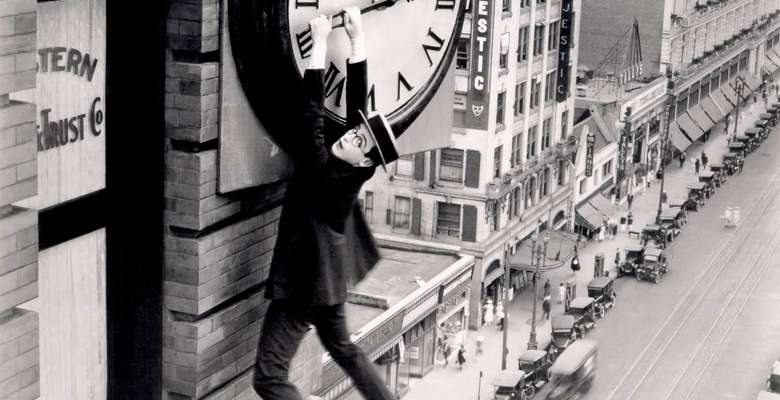
Based on the Second Principle of Thermodynamics, any architectural manifestation has inexorably to do with time and destruction from the very moment it is situated in reality.
All creation is temporary and ephemeral, even if it aspires to an eternal permanence. Architecture is the support that gives shape to time, so that any object, building or city is nothing more than a system in continuous transformation.
Entropy opens a new territory from which to understand reality through destructive processes in time, however, architectural discipline has associated this concept with negative connotations, rejecting its anabolic and constructive capacity.
Our research line "Architecture & Entropy" investigates works, projects and actions that use time and destruction as project material, understanding that only in this way it is possible to construct flexible strategies for real sustainability.
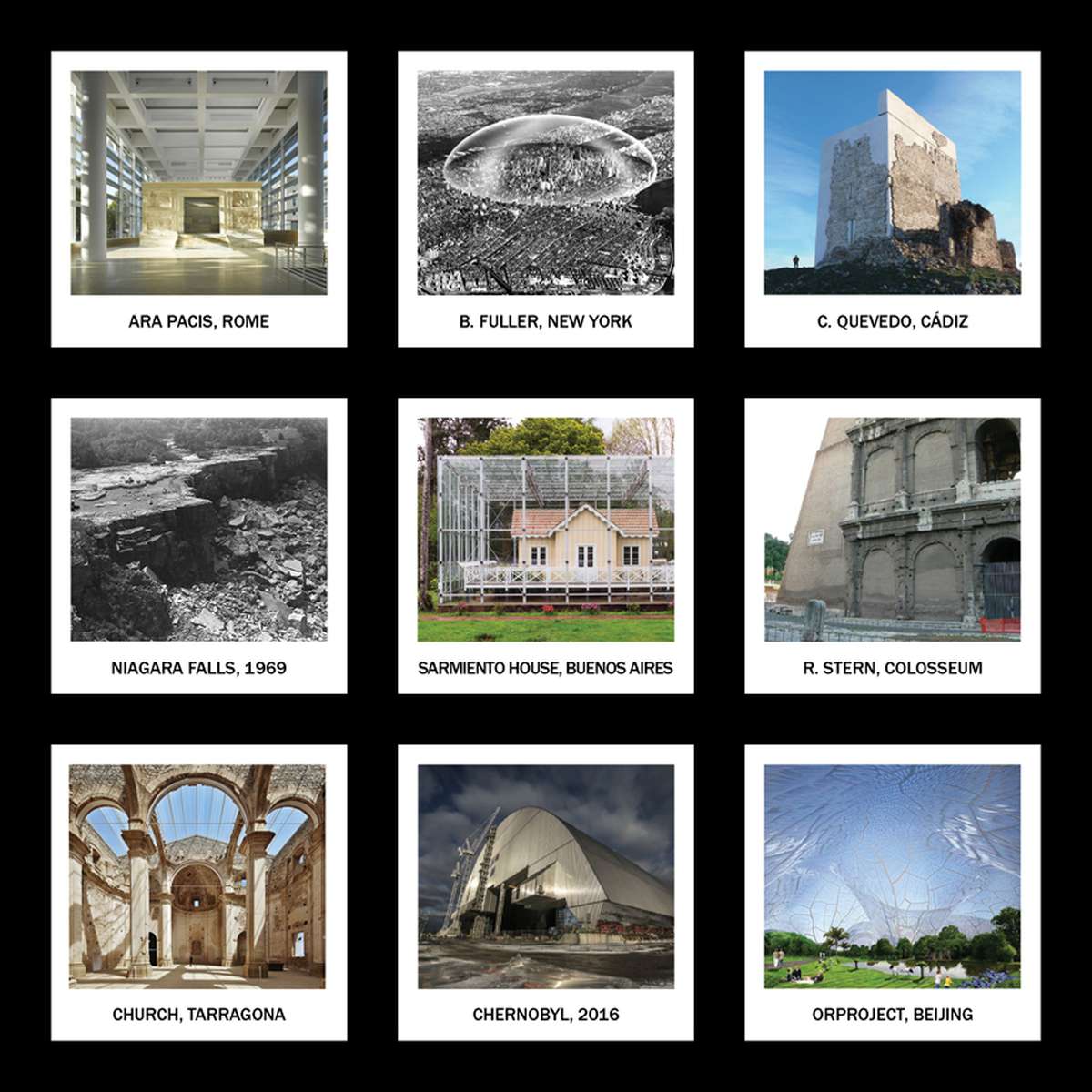
The presence of any object, building or city within new contemporary structures, as well as the solidification of a present or past temporal moment try to solve the entropic variable of the architectural equation. All creation is ephemeral, and its form is nothing more than a variable state in continuous transformation, unless we exercise over it a force of action contrary to the constant and infinite entropy.
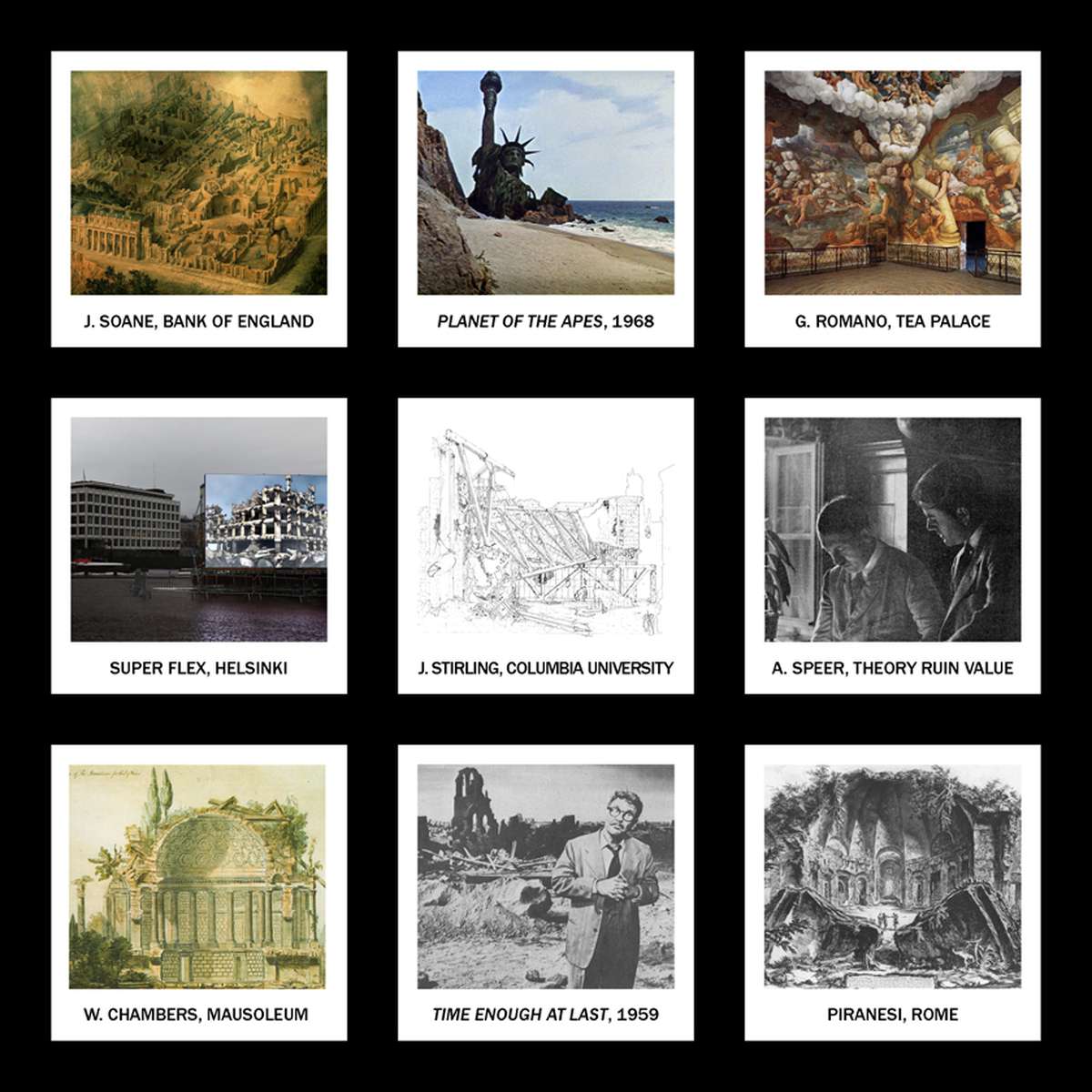
Modernity has attempted to create a static image of architecture close to the thesis of Parmenides, but on the contrary nowadays they begin to appear architects and urbanists who claim lines of research linked to the thought of Heraclitus in which everything real is becoming, change, movement. Therefore many professionals have assumed the entropic condition of any creation, which has led them to be able to imagine their future.
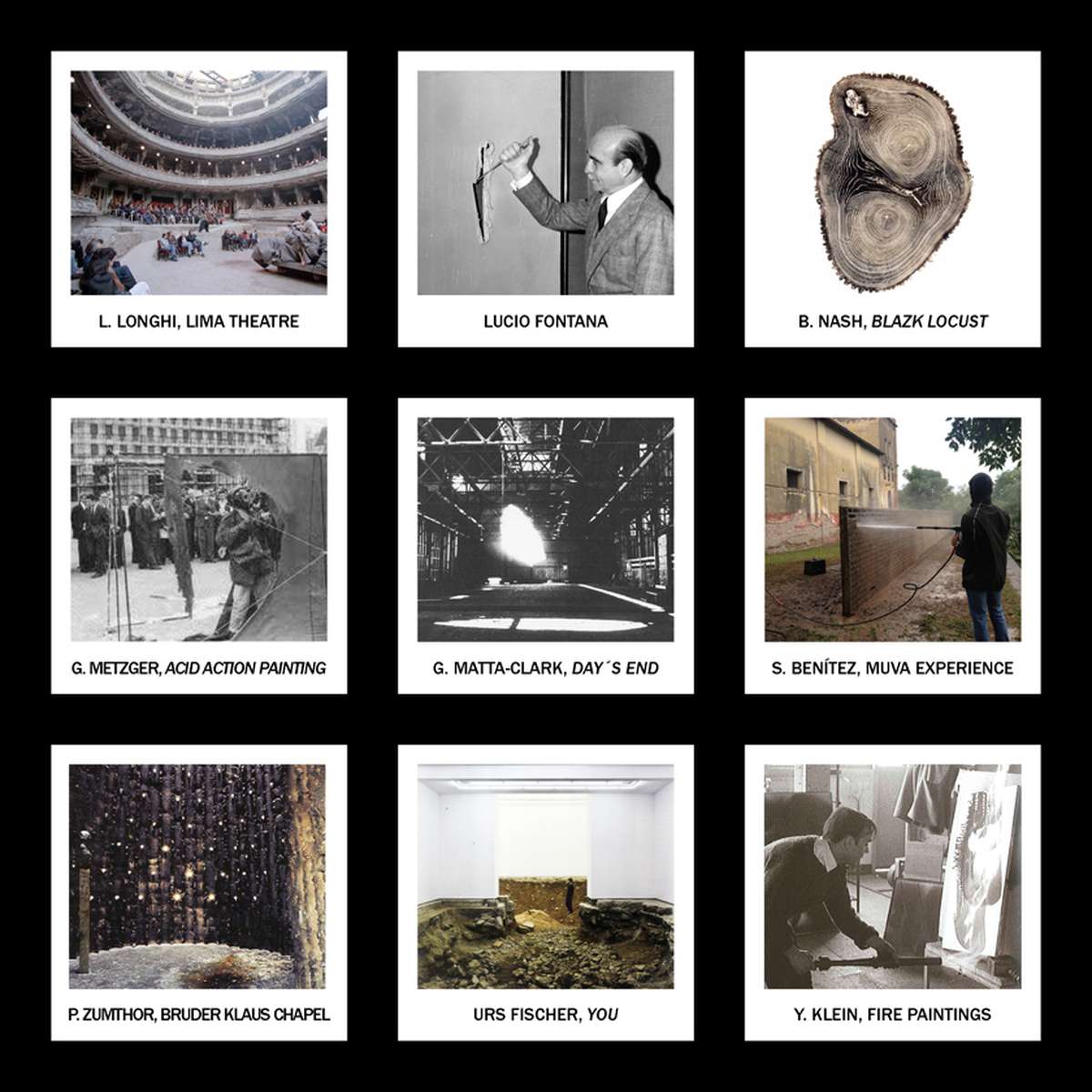
Architecture is constructed by transforming nature, excavating quarries, displacing land, altering buildings, any construction implies some idea of demolition, we could say that there is no architecture without destruction. It seems that our task is just to create forms. However, there are professionals who use properly the anabolic condition of destruction.
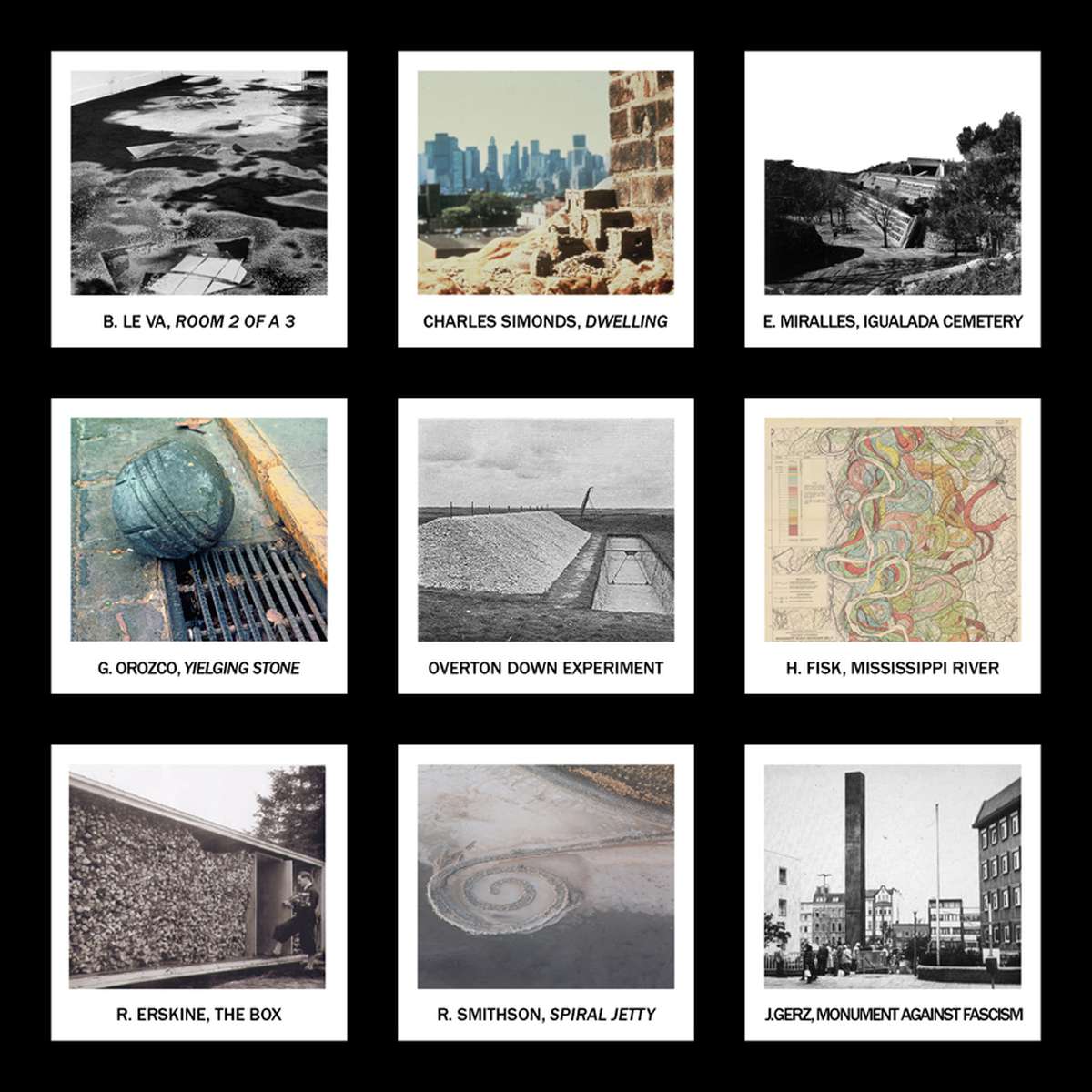
Analyzing different interventions we are able to observe how there are strategies in which time can be manipulated in favor of creation. If through this research we are able to demonstrate that there are creations that use time and destruction as project materials, and both are intrinsic components of entropy, the question would be obvious: Is it possible to generate a productive and operative relationship between architectural discipline and entropy?
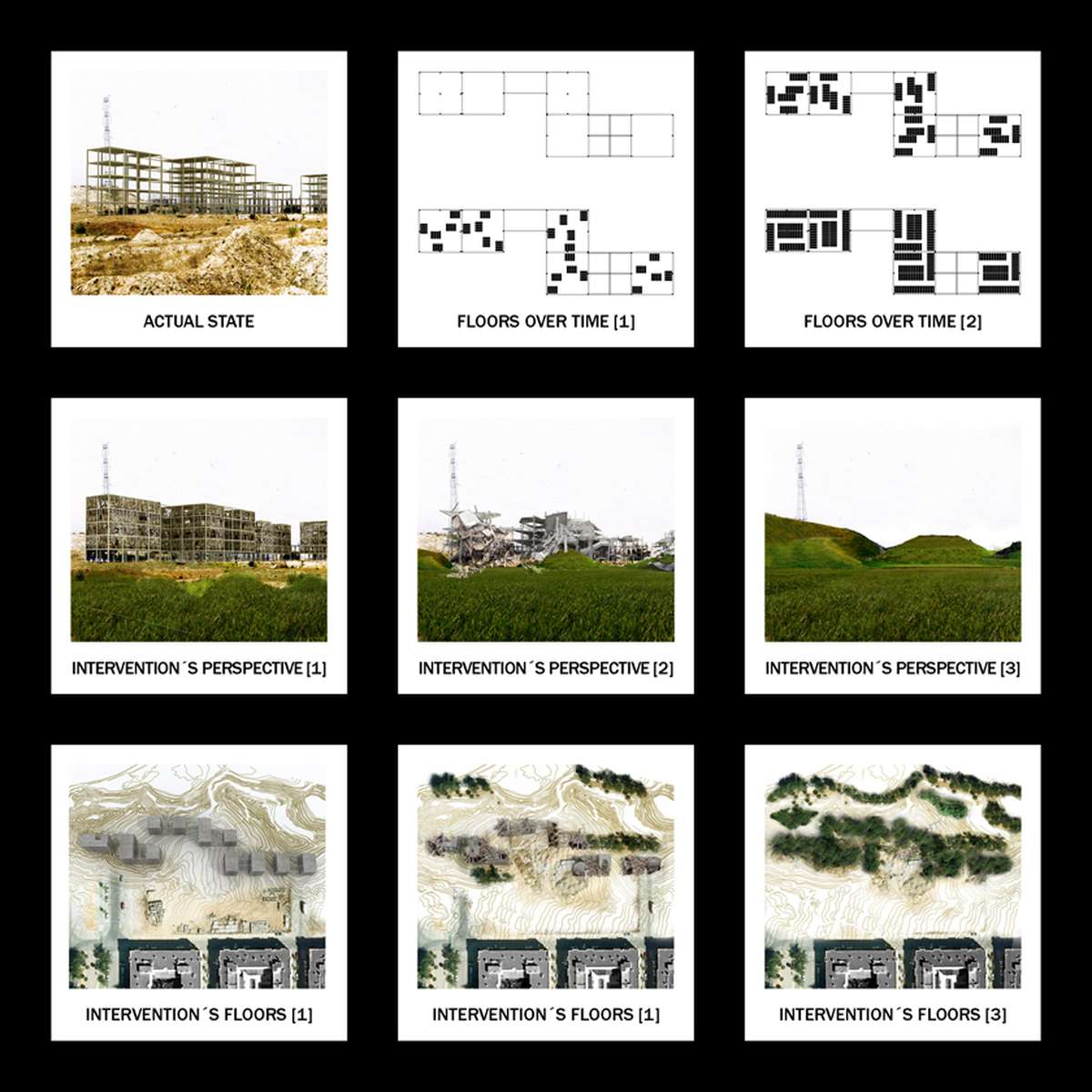
This is one of our project who use entropy: Spanish suburbs are a landscape of abandoned concrete structures. Coffins and funerary urns will be placed gradually into the building. The structures, built to support 2 KN/m2, would collapse as if it were a tumulus. Over time the growth of vegetation would conquer the elevations, creating a belt of up to 200 metres in which the new constructions would be prohibited. This project appears as a protection tool against future urban development.
Architecture & Entropy
Architecture & Entropy

Based on the Second Principle of Thermodynamics, any architectural manifestation has inexorably to do with time and destruction from the very moment it is situated in reality.
All creation is temporary and ephemeral, even if it aspires to an eternal permanence. Architecture is the support that gives shape to time, so that any object, building or city is nothing more than a system in continuous transformation.
Entropy opens a new territory from which to understand reality through destructive processes in time, however, architectural discipline has associated this concept with negative connotations, rejecting its anabolic and constructive capacity.
Our research line "Architecture & Entropy" investigates works, projects and actions that use time and destruction as project material, understanding that only in this way it is possible to construct flexible strategies for real sustainability.
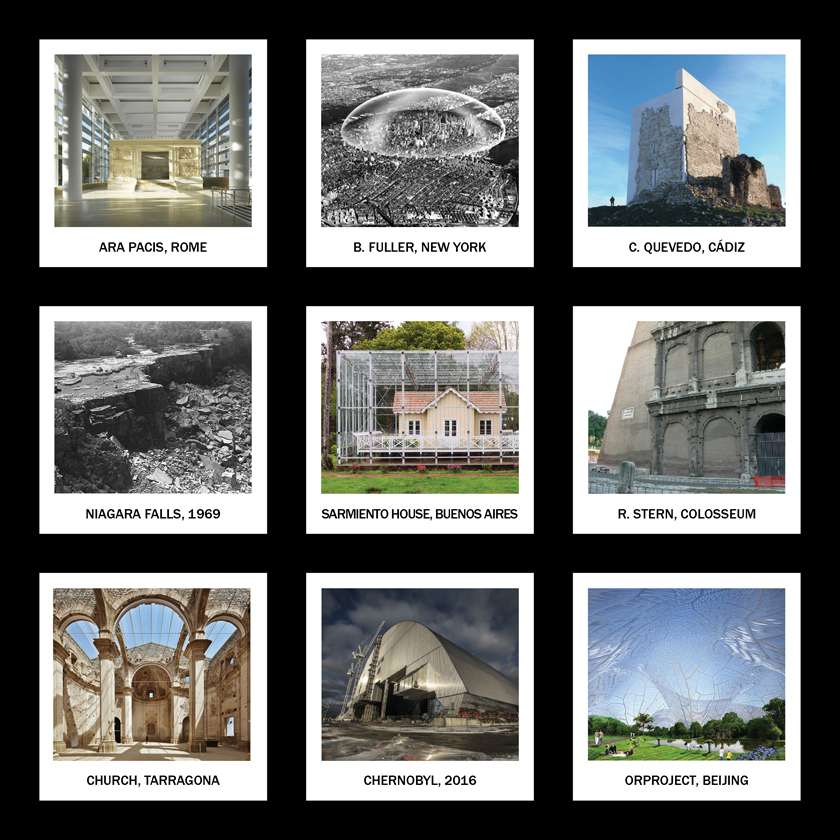
The presence of any object, building or city within new contemporary structures, as well as the solidification of a present or past temporal moment try to solve the entropic variable of the architectural equation. All creation is ephemeral, and its form is nothing more than a variable state in continuous transformation, unless we exercise over it a force of action contrary to the constant and infinite entropy.
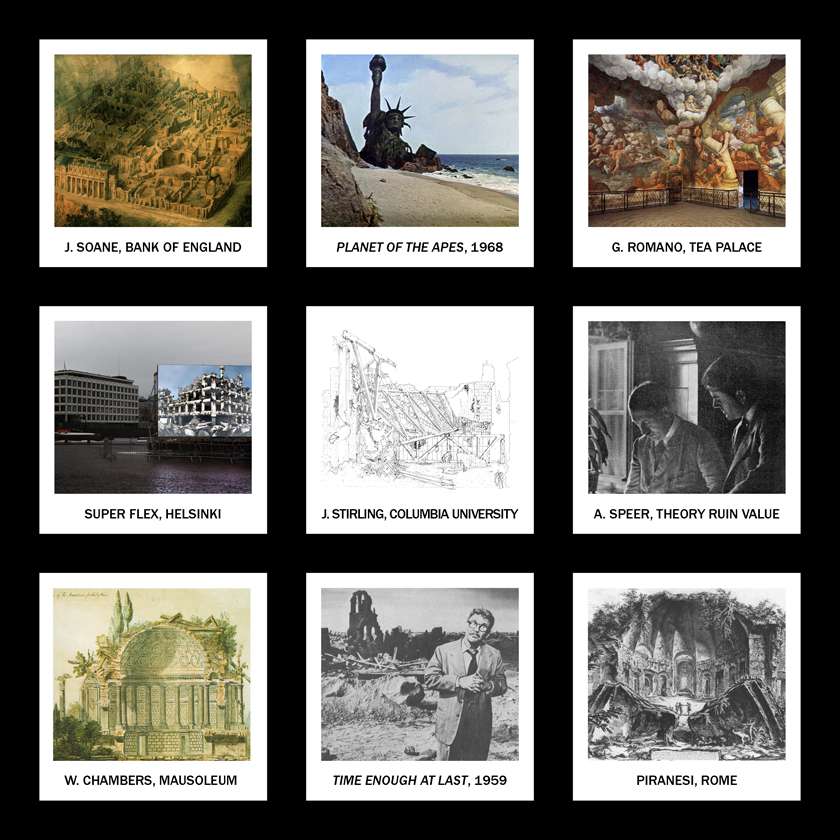
Modernity has attempted to create a static image of architecture close to the thesis of Parmenides, but on the contrary nowadays they begin to appear architects and urbanists who claim lines of research linked to the thought of Heraclitus in which everything real is becoming, change, movement. Therefore many professionals have assumed the entropic condition of any creation, which has led them to be able to imagine their future.
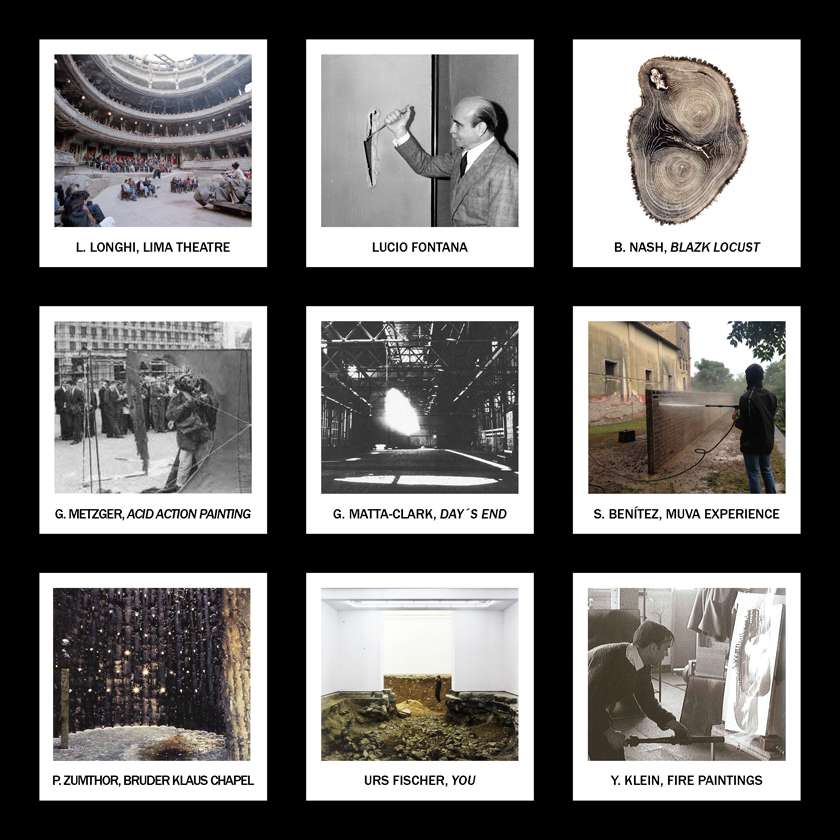
Architecture is constructed by transforming nature, excavating quarries, displacing land, altering buildings, any construction implies some idea of demolition, we could say that there is no architecture without destruction. It seems that our task is just to create forms. However, there are professionals who use properly the anabolic condition of destruction.
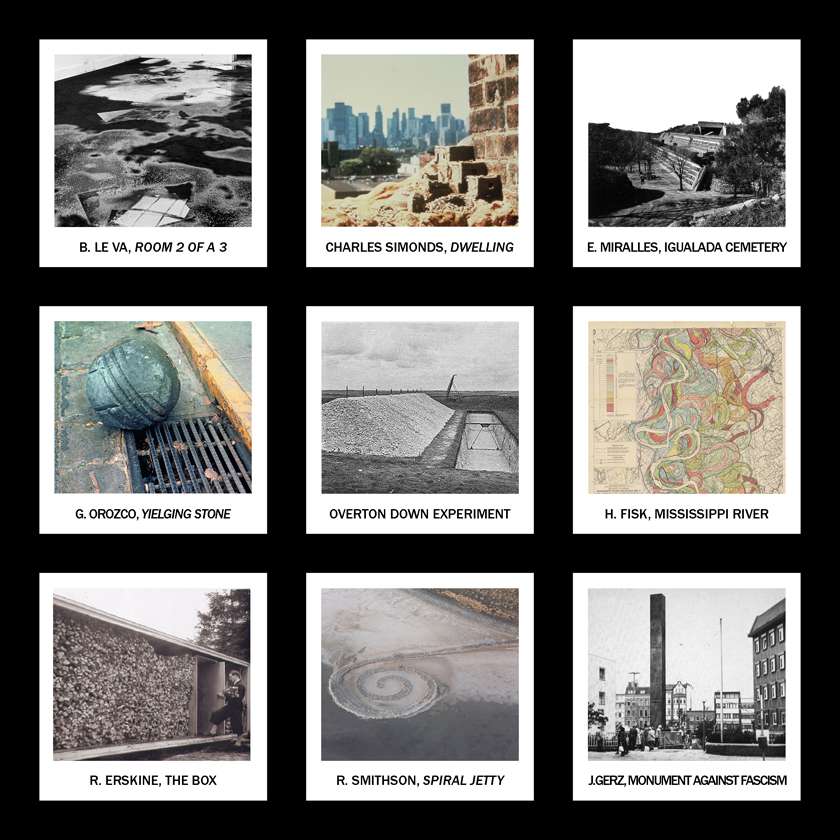
Analyzing different interventions we are able to observe how there are strategies in which time can be manipulated in favor of creation. If through this research we are able to demonstrate that there are creations that use time and destruction as project materials, and both are intrinsic components of entropy, the question would be obvious: Is it possible to generate a productive and operative relationship between architectural discipline and entropy?
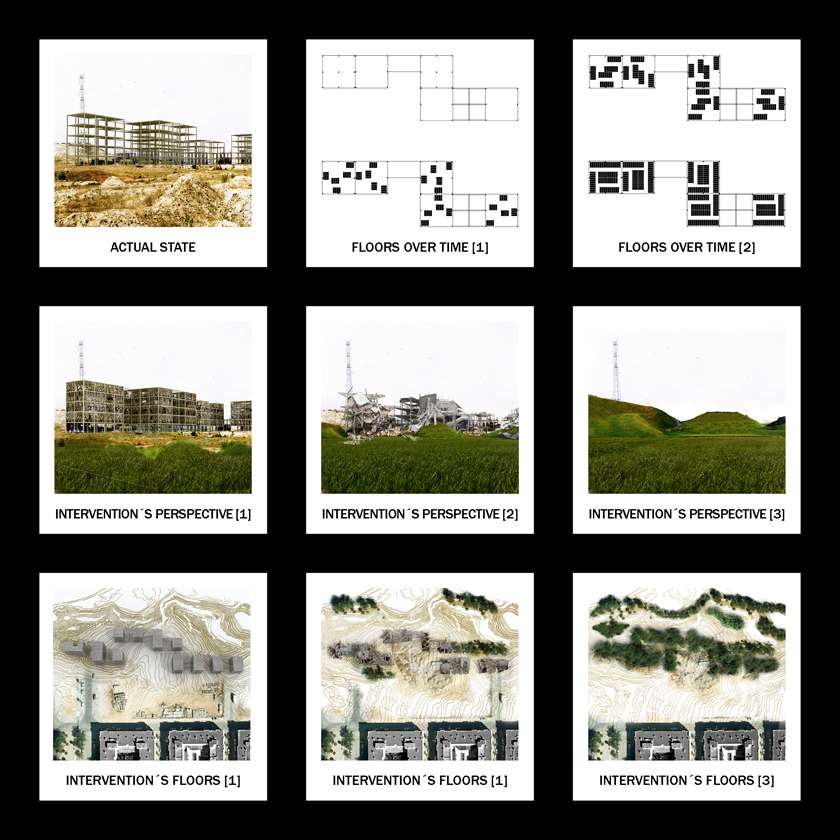
This is one of our project who use entropy: Spanish suburbs are a landscape of abandoned concrete structures. Coffins and funerary urns will be placed gradually into the building. The structures, built to support 2 KN/m2, would collapse as if it were a tumulus. Over time the growth of vegetation would conquer the elevations, creating a belt of up to 200 metres in which the new constructions would be prohibited. This project appears as a protection tool against future urban development.